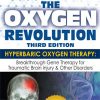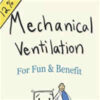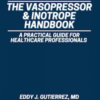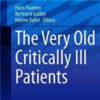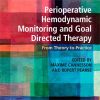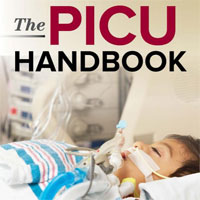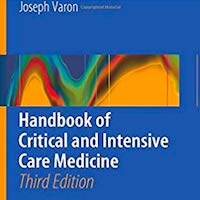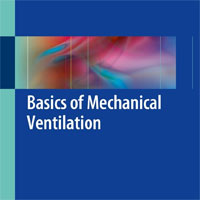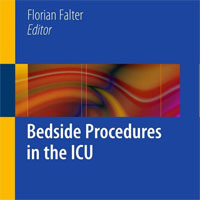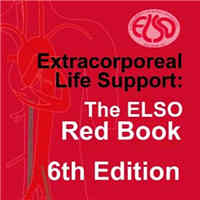Prone Position Minimizes the Exacerbation of Effort-dependent Lung Injury
pubs.asahq.orgProne position, independent of positive end-expiratory pressure levels, diminishes a maldistribution of lung stress and inflation imposed by spontaneous effort and mitigates spontaneous effort, resulting in less effort-dependent lung injury.
The mechanism protocol (pigs) found that in the prone position, there was no ventral-to-dorsal gradient in negative pleural pressure swing after diaphragmatic contraction, irrespective of the positive end-expiratory pressure level, achieving homogeneous inflation.
In the supine position, however, spontaneous effort during low positive end-expiratory pressure had the largest ventral-to-dorsal gradient in negative pleural pressure swing, causing dorsal overdistension.
Higher positive end-expiratory pressure in the supine position reduced a ventral-to-dorsal gradient in negative pleural pressure swing, but it remained.



